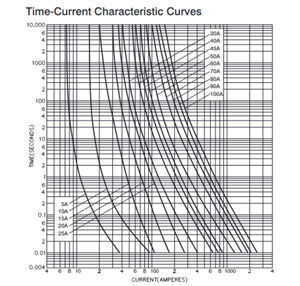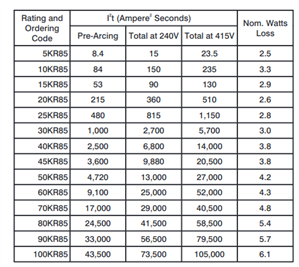Supplier main Fuse is 60A and current consumer unit has 80A RCD (61008) as isolator with a notice saying 'Max load not to exceed 80A". Property is one storey with 5 rooms. Currently have 8 circuits, 2 lights with B10s, 2 ring finals with B32s, Cooker with B40, Shower with B40, Water Heater with B16 & Garage feed to a sub board with C40. Want to add a new 10.5kw shower so will need 50A protective device but not sure if should be approaching the DNO for an upgrade of the main fuse as running both showers together alone will draw a decent load



